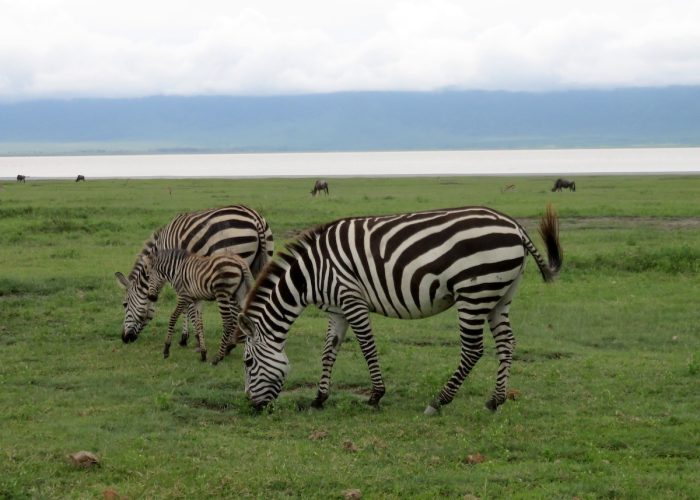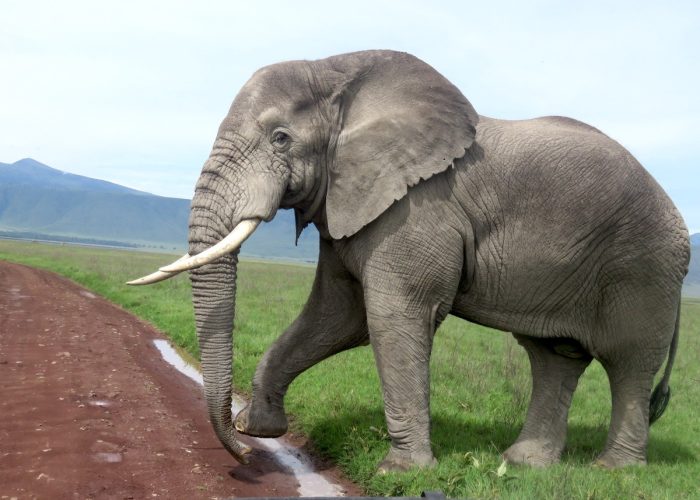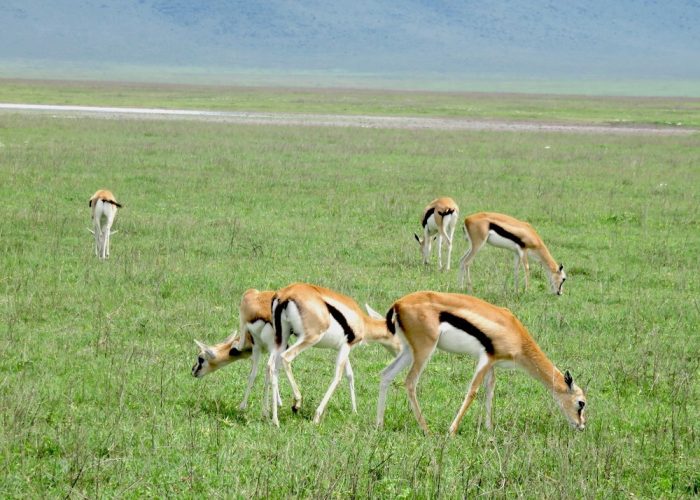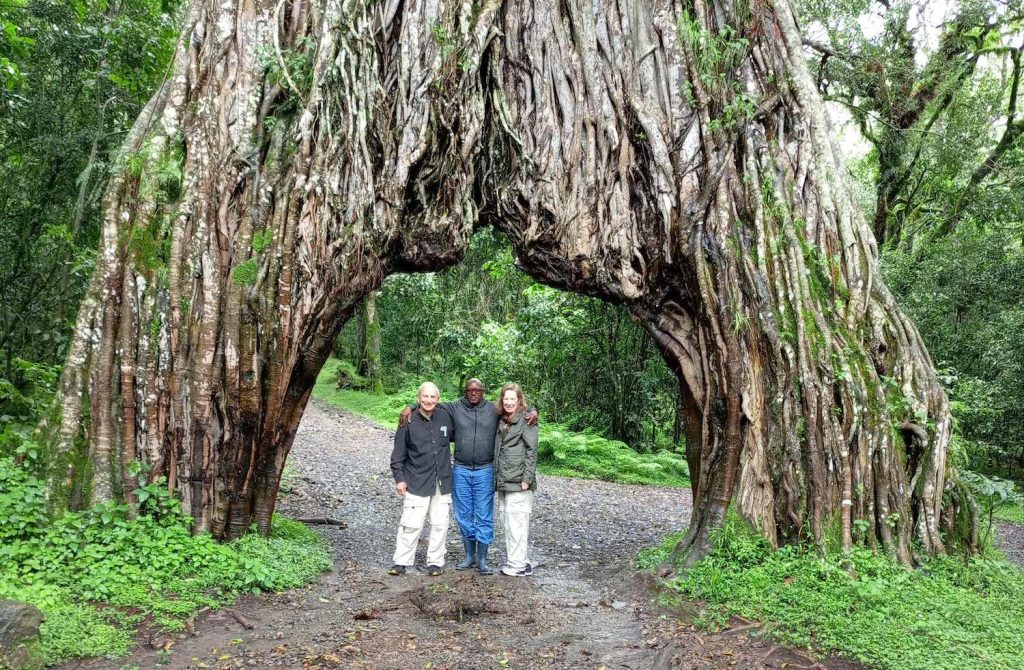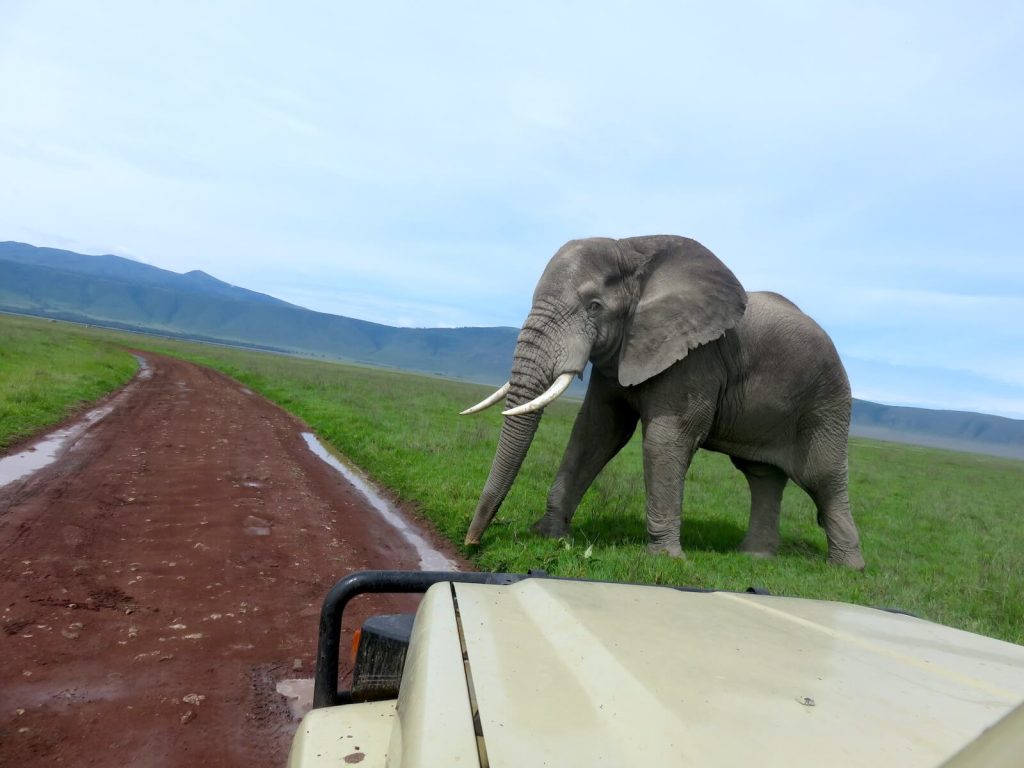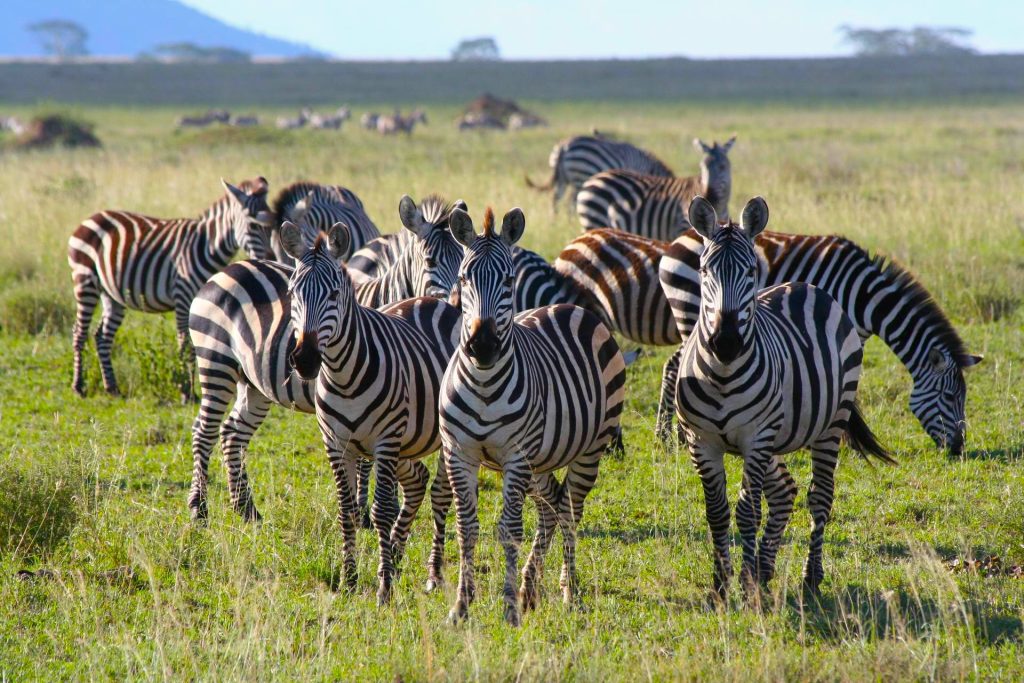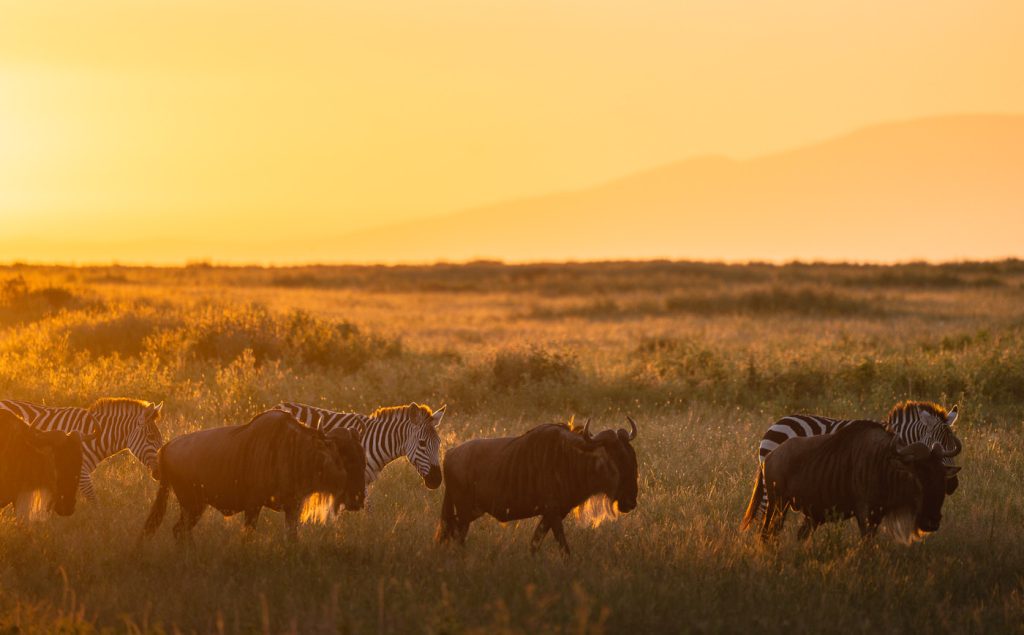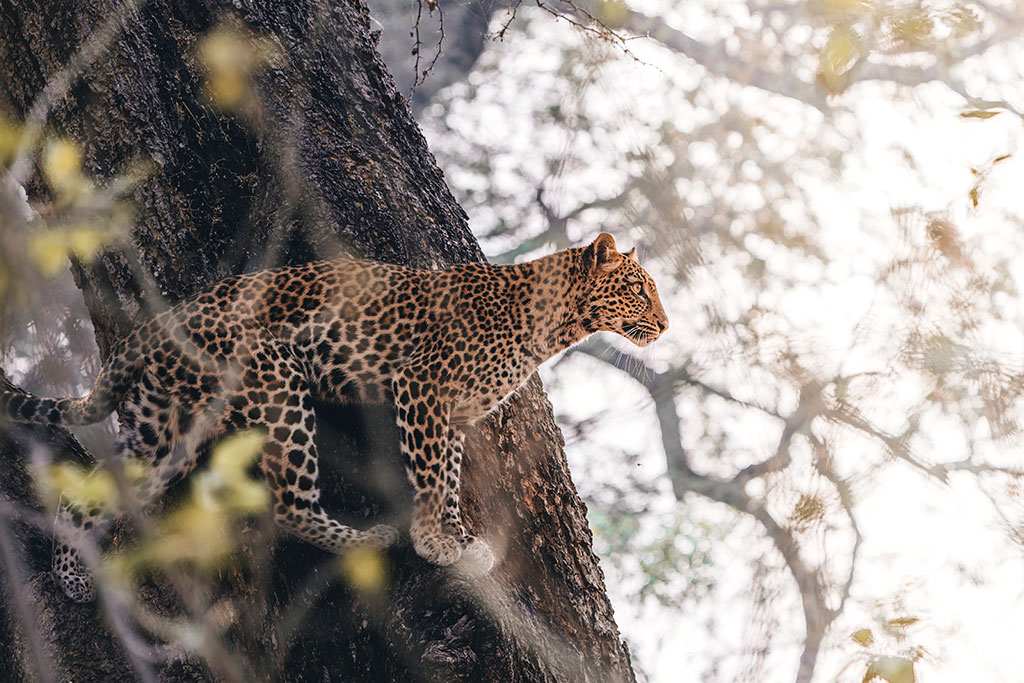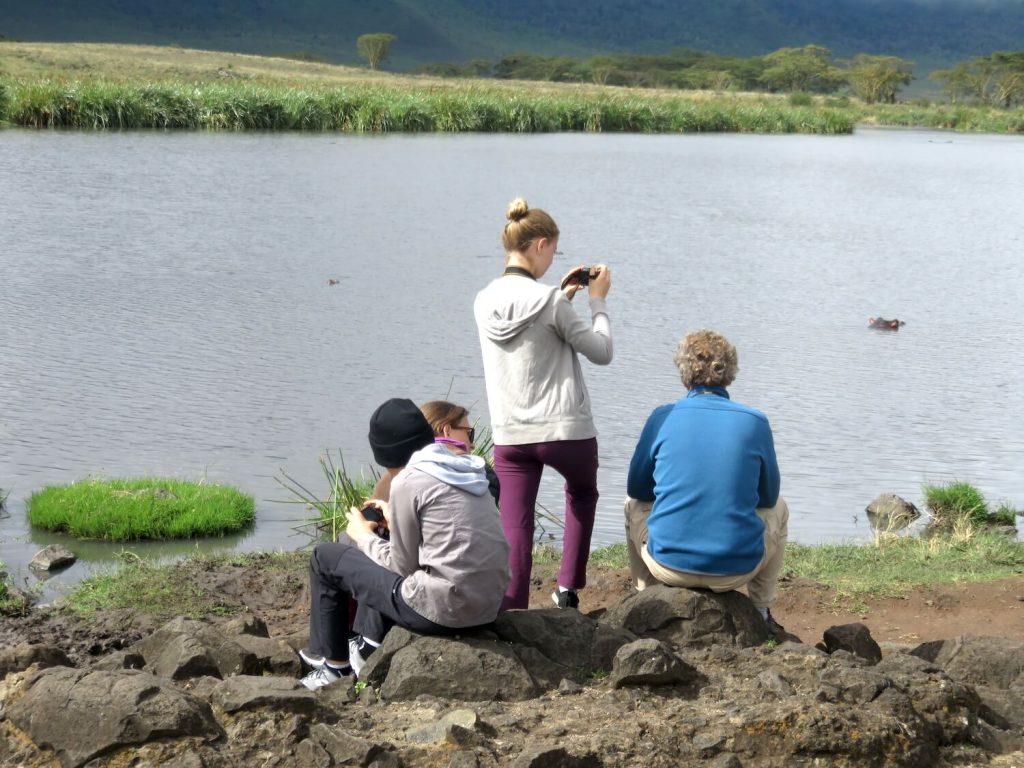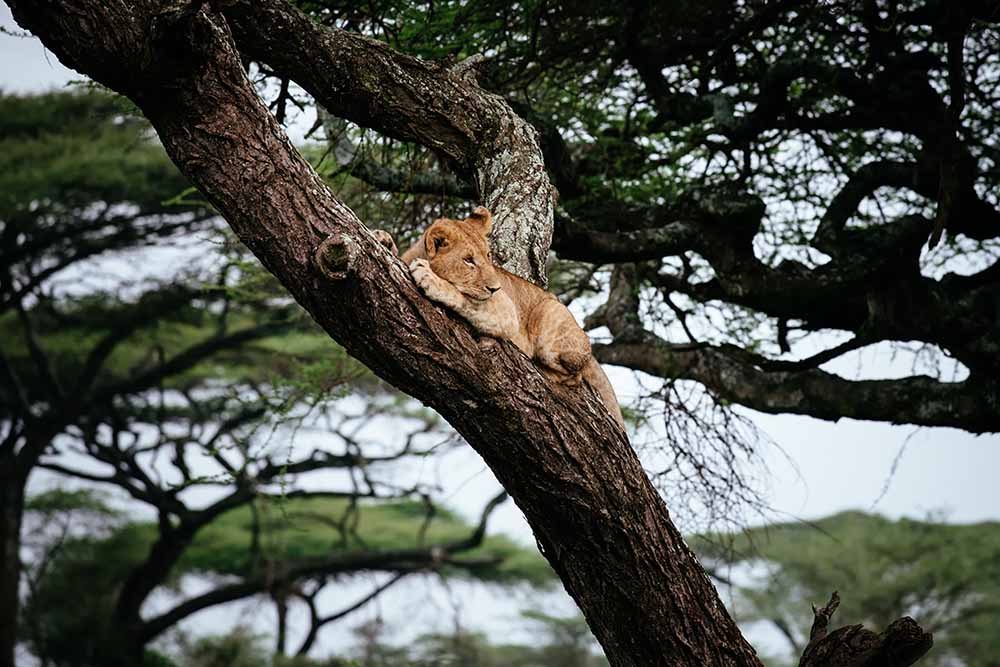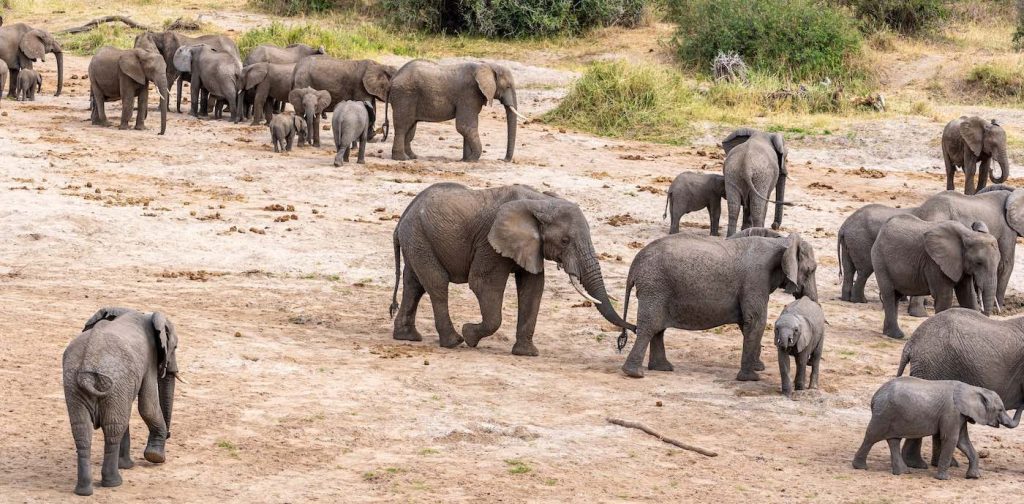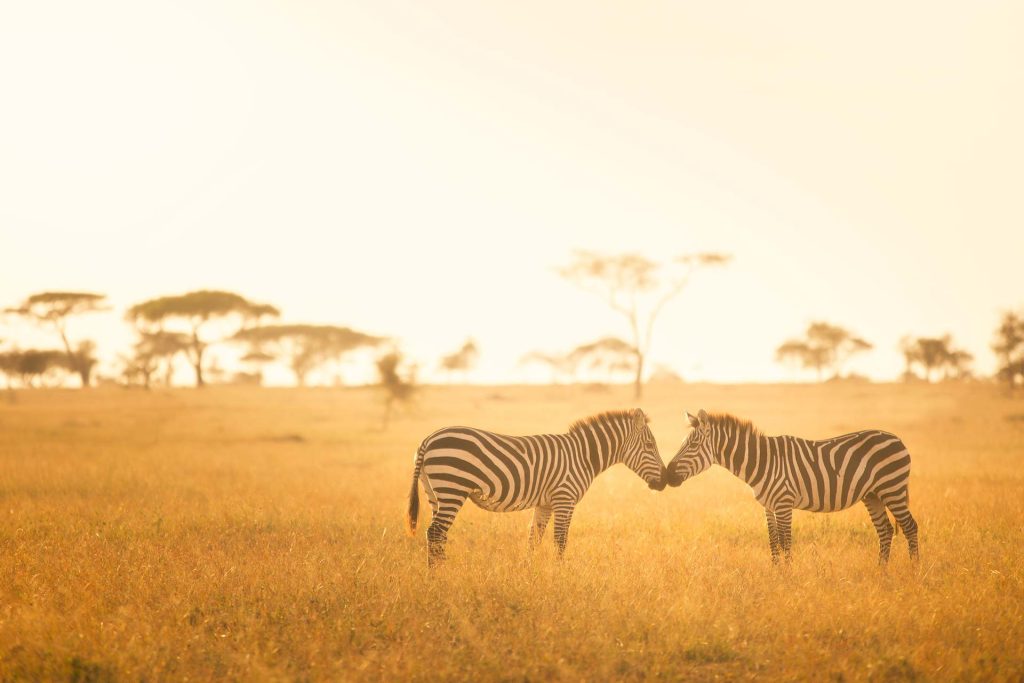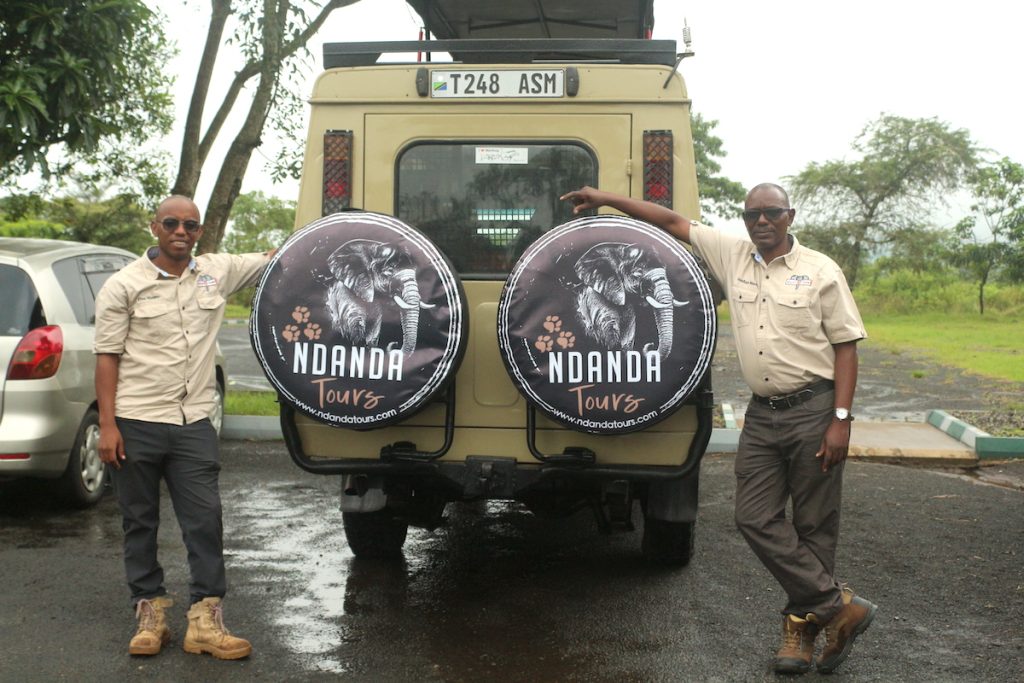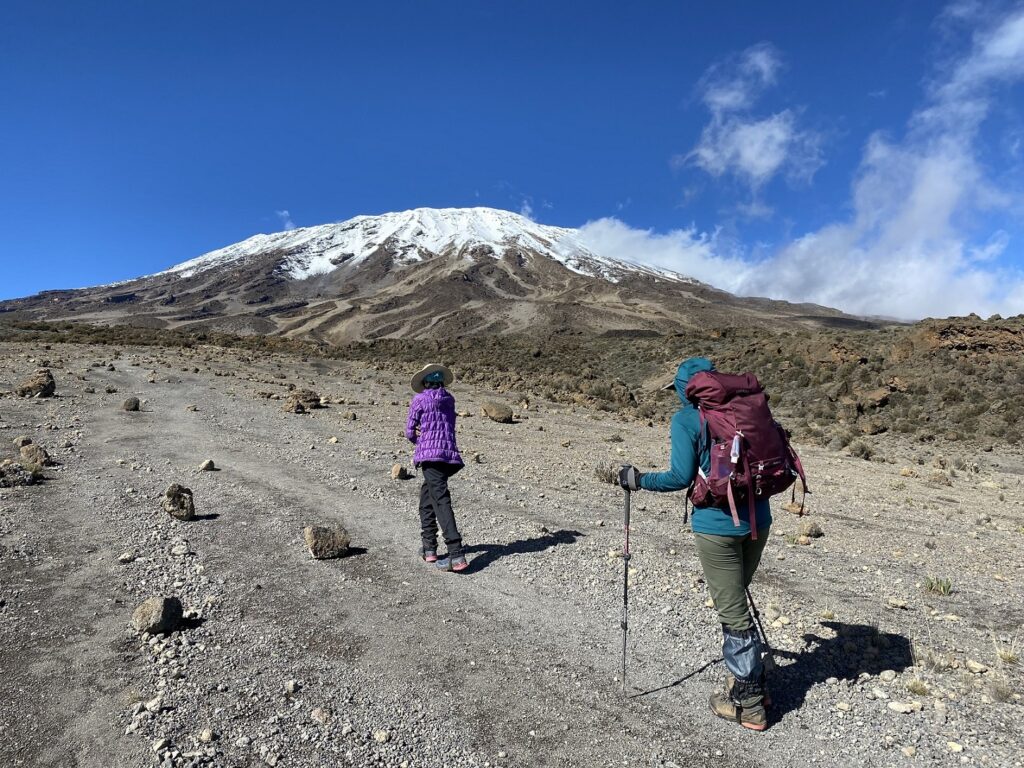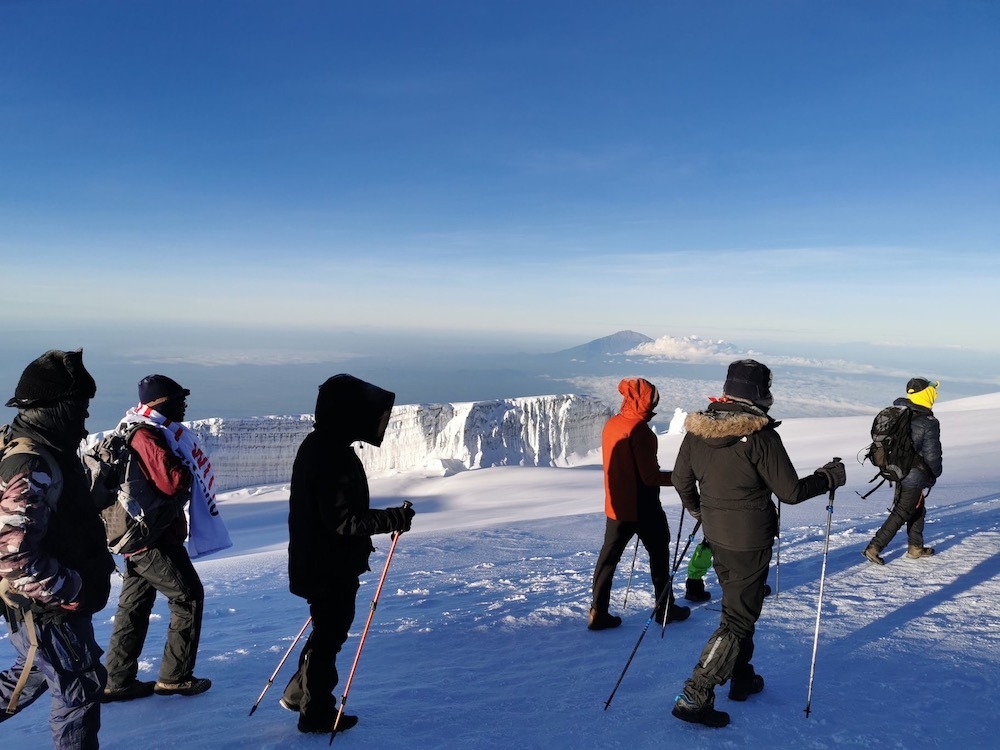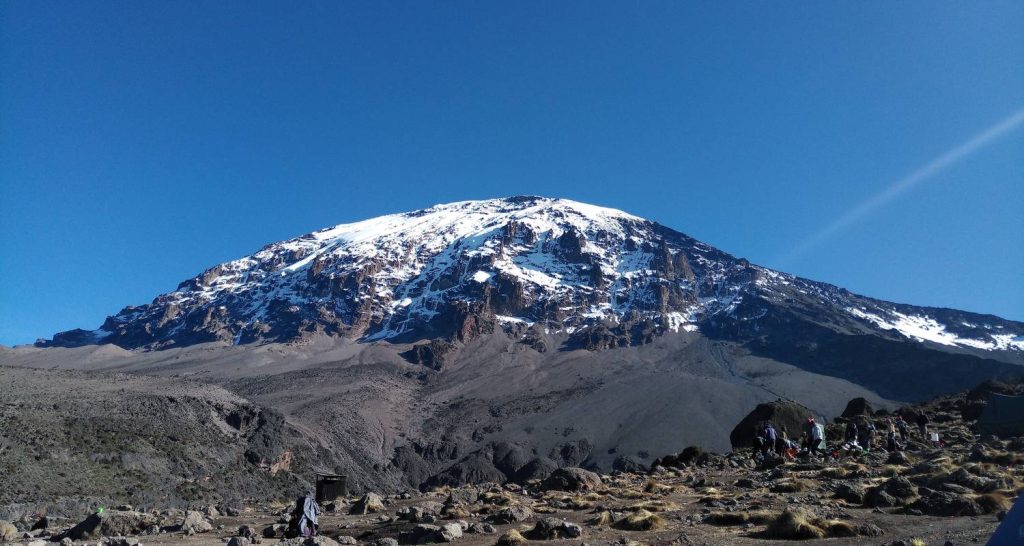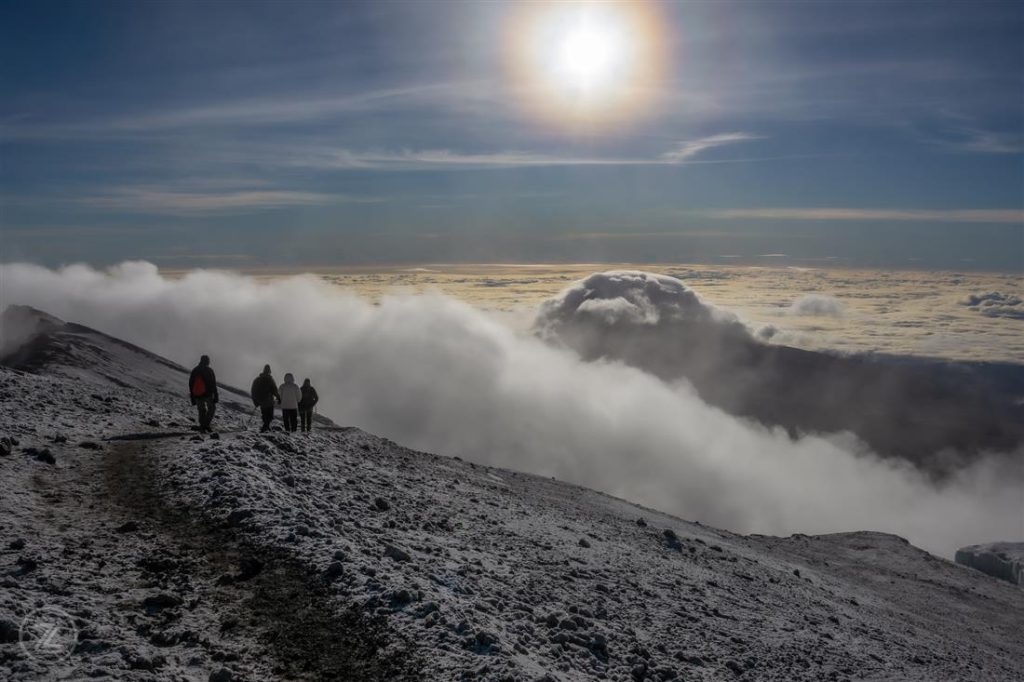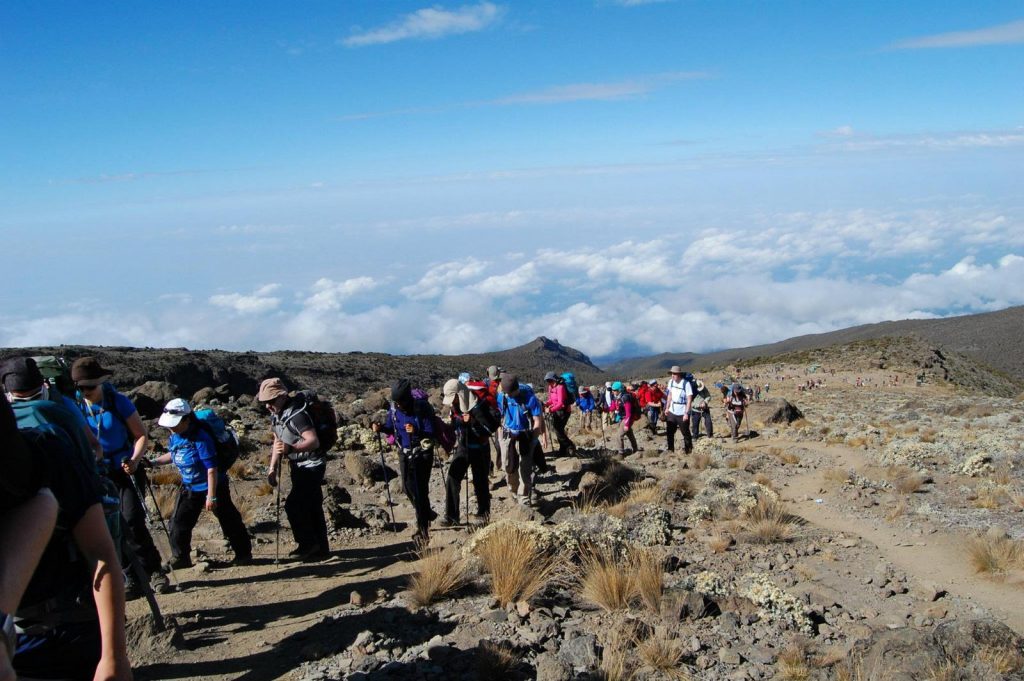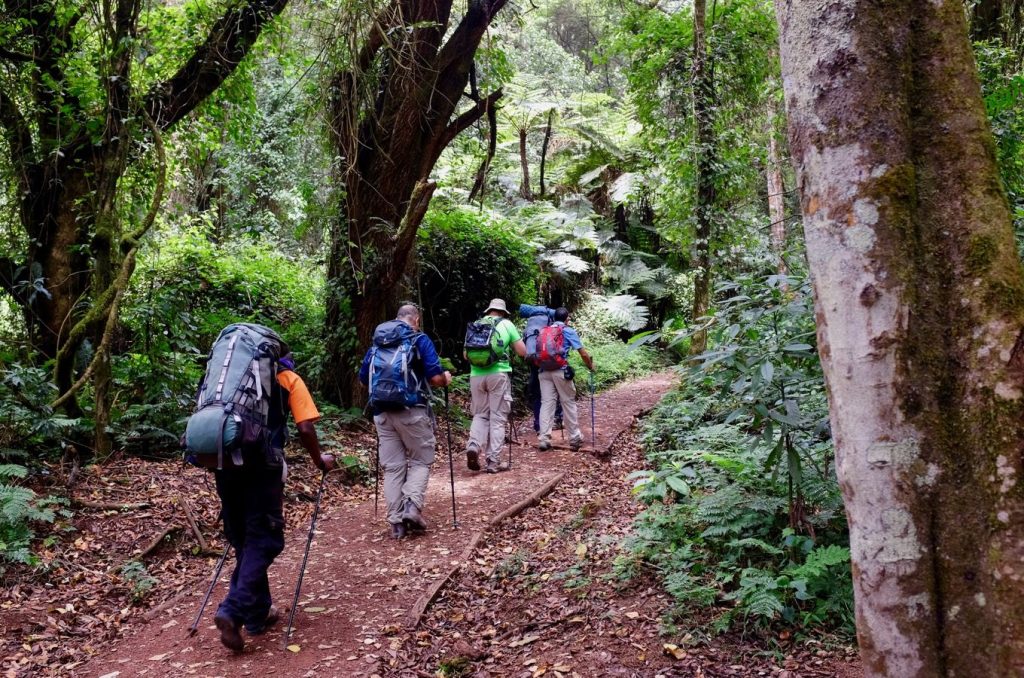Destination
Ngorongoro Conservation Area (NCA)
The Ngorongoro Conservation Area (NCA) is a UNESCO World Heritage Site located in northern Tanzania. The 8292 square kilometers protected area is renowned for its rich biodiversity, stunning landscapes, significant archaeological sites, and wildlife-human coexistence.
Ngorongoro Conservation Area mainly features Ngorongoro Crater, Olduvai Gorge and Museum, Empakai Crater, Ndutu Plains, Lolmalasin Mountain, Olmoti Crater, Laetoli Footprint and Shifting Sands.
NCA is not just a haven for wildlife, but also a significant cultural and historical site, making it one of the most unique conservation areas in the world.
Ngorongoro Crater
Ngorongoro Crater, a spotlight of Ngorongoro Conservation Area is the world’s largest intact and unfilled volcanic caldera formed 2.5 million years ago.
This natural sanctuary covers an area of 260 square kilometers, a diameter of 20 kilometers, and a depth of 610 meters.
The crater is among the few places with a high concentration of wildlife. It is home to over 25,000 animals including Africa’s Big Five. This is possible due to its diverse habitats covering swamps, grasslands, lakes and rivers, forests, and marshes.
The crater complemented by its stunning views, abundant wildlife, and rich vegetation cover is among Africa’s seven natural wonders. Truly there is no place like this!
Major Highlights
- Big Five
Ngorongoro crater with its 12.4 miles in diameter hosts the famous Africa’s Big Five (elephant, lion, leopard, buffalo and rhino). These animals are originally termed the “Big Five” for being the most difficult animals to hunt on foot.
It’s in the crater that the Big Five can be spotted easily compared to other parks and conservation areas.
- Diverse Habitat
The crater is uniquely covered with a diverse range of habitats that support the overall ecology of the area.
- Grasslands- the crater floor is primarily covered by open grasslands, which support large herds of herbivores such as wildebeest, zebras, and gazelles.
- Swamps and Marshes- these areas provide vital water sources and are home to hippos and a variety of bird species.
- Forest- this woodland area offers shelter to animals like elephants
- Lakes and Rivers- seasonal lakes and perennial rivers within the crater are crucial for the ecosystem, supporting aquatic life and serving as drinking sources for animals.
- Wildlife Abundance
Wildlife viewing is best enjoyed in the crater with access to many animals. The most common animals to be spotted are wildebeests, hippos, elands, hyenas, warthogs, zebras, gazelles and jackals.Bird life in the crater is enormous and to name just a few;- Ostriches, Kori bustards, Grey-crowned Cranes, Rufous-napped Lark, Capped Whater, Fischer’s Sparrow lark, Superb Starling, Rufous Tailed Weaver and the African White-backed Vulture.

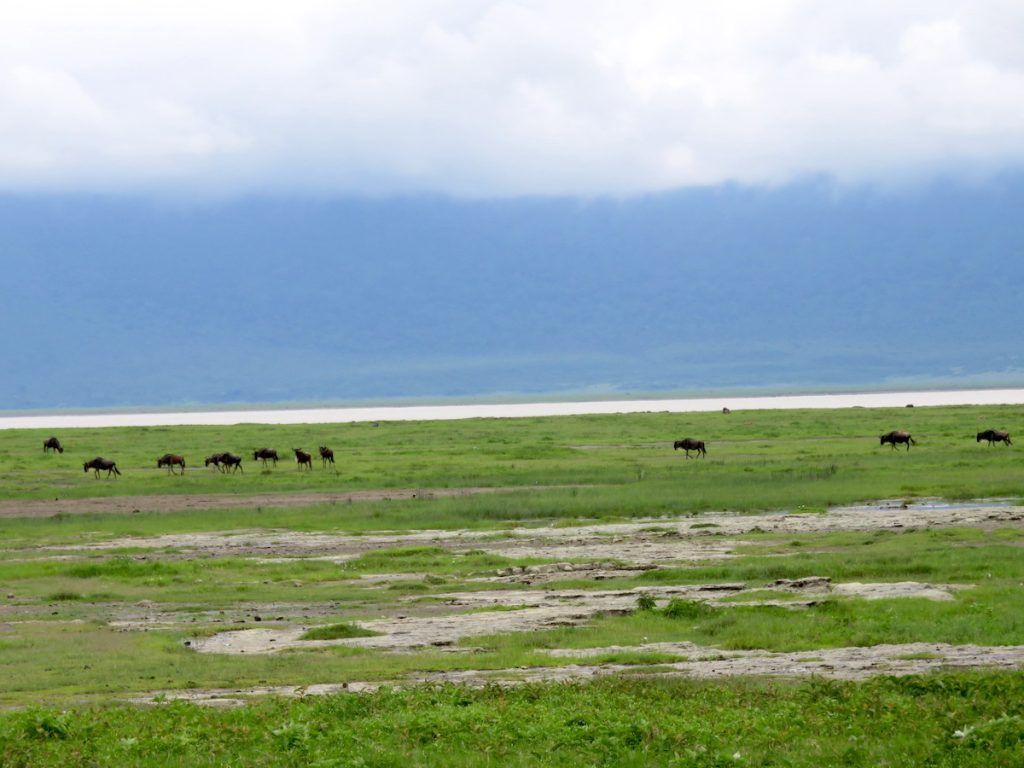
Key Activities
- Game Drives
The best approach to enjoying a crater safari is through game driving. The fact that animals do not migrate due to the crater’s steep walls, makes it a special destination to visit all year round.
- Photographic Safari
Indulging photography in the crater is not something to be missed. It gives access to splendid views, wildlife, lakes and natural vegetation for an intriguing adventure.
- Balloon Safaris
A balloon safari over the Ngorongoro Crater offers a unique and breathtaking experience, combining the adventure of a hot air balloon ride with stunning scenery and diverse wildlife. This wonderful experience provides panoramic views of the crater and its surrounding attractions in Ngorongoro Conservation Area.
